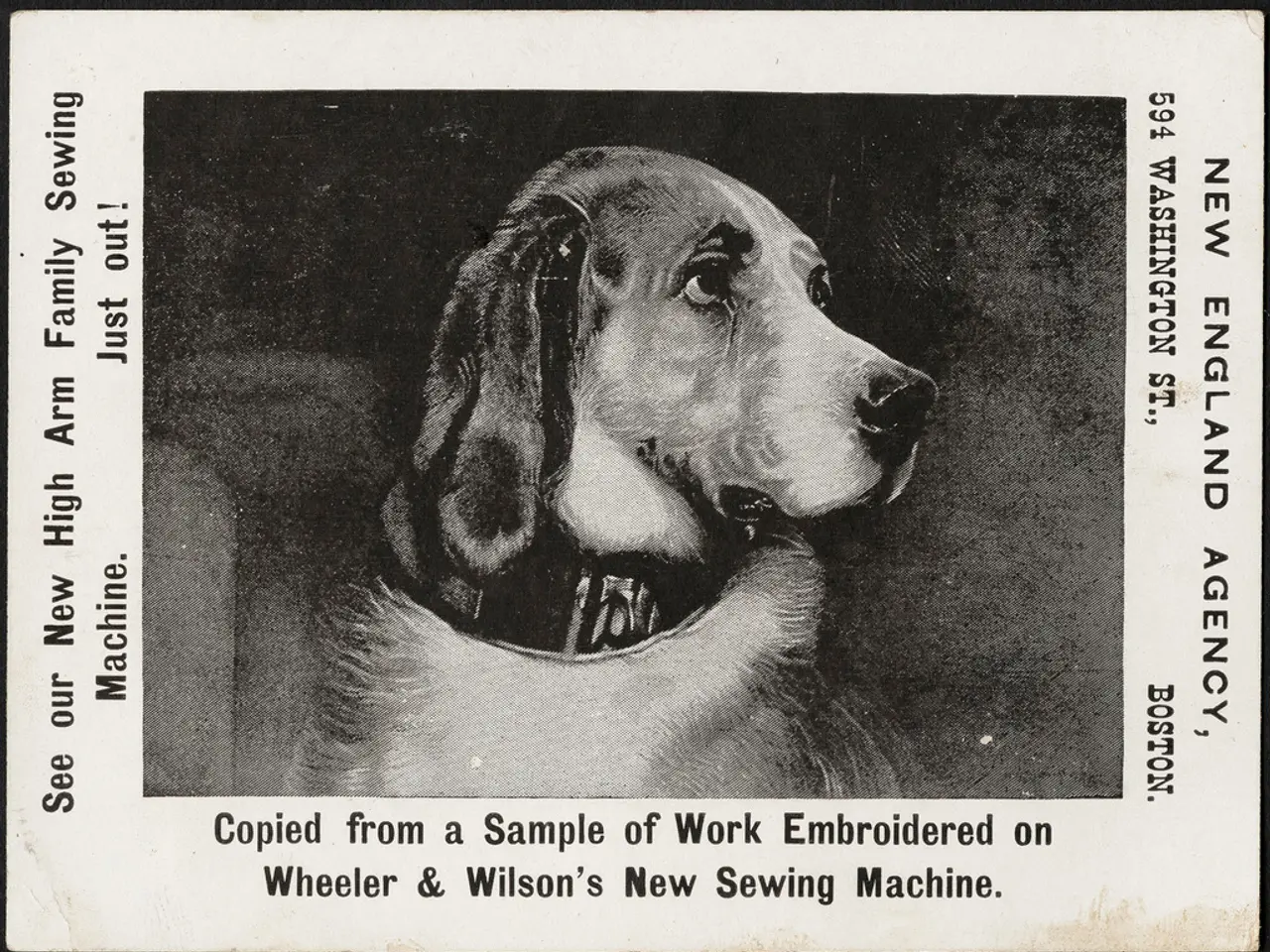PET Scans Revolutionize Healthcare with Early Disease Detection
PET scans, a revolutionary medical imaging tool, are transforming healthcare. They provide an unparalleled 'snapshot' of the body's internal functions, aiding in early disease detection and treatment.
PET scans, or Positron Emission Tomography, use tiny amounts of radioactive materials to visualize and measure cellular activity. This non-invasive technique was initially developed to enhance cancer detection and diagnosis.
Combining PET scans with other imaging methods like CT or MRI offers a comprehensive understanding of the body. PET scans can detect cancer at early stages, even before symptoms appear, and monitor its progression. In neurology, they help diagnose and track conditions such as Alzheimer's and Parkinson's diseases by identifying abnormal brain function.
During a PET scan, a radiotracer is injected into the patient's vein. This substance emits positrons that collide with electrons, producing gamma rays detected by the scanner. While generally safe with mild, temporary side effects, there are rare serious side effects and special considerations for certain groups.
PET scans have revolutionized medical imaging, offering a powerful tool for diagnosing and managing various diseases. Their ability to detect cancer early and monitor treatment effectiveness makes them invaluable in healthcare. However, like any medical procedure, they carry risks and require careful consideration.
Read also:
- Inadequate supply of accessible housing overlooks London's disabled community
- Strange discovery in EU: Rabbits found with unusual appendages resembling tentacles on their heads
- Duration of a Travelling Blood Clot: Time Scale Explained
- Fainting versus Seizures: Overlaps, Distinctions, and Proper Responses






